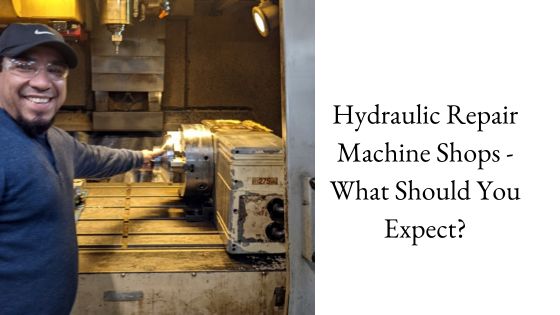How to Maintain a Final Drive Motor
Posted by Jim Strong on Aug 24th 2021
Here are six ways to keep your final drive motor running!
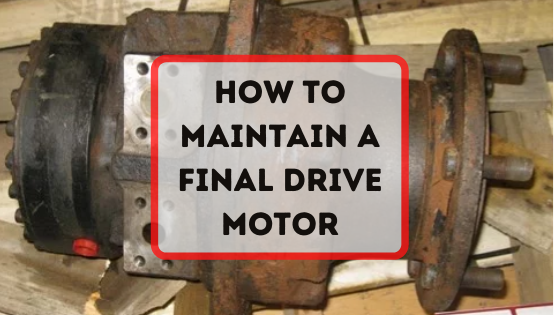
Here are a few other Shop Talk Blog posts you might find helpful:
- Why Bearings Are So Important to Your Final Drive
- Final Drive Floating Face Seals
- Lifetime Assurance Program for Final Drives
1. Clean the undercarriage of your machine
If the undercarriage of your machine is packed with hardened mud, dirt, rocks, and other debris, it will affect the performance of your final drive (especially on tracked machines). If you let debris build up long enough it can damage or force apart the main seals (also called duo cone seals). Any kind of damage to the seals will let contamination, and that will seriously damage your final drive. We've had drive motors come into the shop with this very problem.
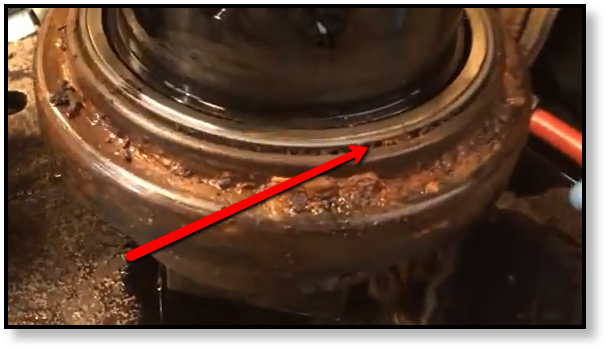
And let's face it: whether your machine is wheeled or tracked, a bunch of dried debris can compromise the performance of your drive motor. A hose and a broom can go a long way toward keeping the undercarriage clean and protecting your final drive.
2. Check the gear oil levels in your final drive
The planetary hub of your drive motor doesn't have hydraulic fluid flowing through it and depends on gear oil for lubrication. If the gear oil levels start to fall, then parts will start moving against each other without anything to protect the surfaces. Friction is going to be much greater because of this surface-to-surface contact.

Friction leads to heat and wasted energy, which means the performance of y our final drive will start to suffer. And, to make matters worse, that surface-to-surface contact is going to cause critical parts like bearings, gear teeth, and splines to wear out faster. This shortens the life of your final drive.
If the gear oil levels aren't replenished, your drive motor will eventually lock up and won't be able to turn. By this point, the gear hub seriously damaged and may even be totaled.
The best way to prevent this from happening is to check the gear oil levels at least every 100 hours. If the levels are low, then you can add some more gear oil of the same type, but beware: topping off the gear oil over and over points to a leaking seal.
3. Change the gear oil in your final drive
Gear oil wears out, but obviously not in the same way that mechanical parts do. This process is referred to as aging and means gear oil becomes thicker and its additives deteriorate over time. Our techs know as soon as they open the gear hub if you've been changing the gear oil as you should -- in fact, they can smell it before they see it.
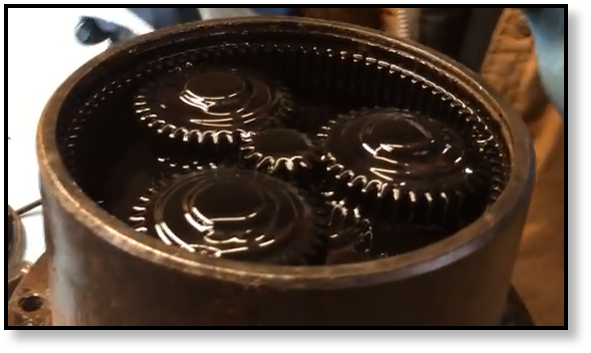
As gear oil ages, it isn't as good at reducing friction and conducting heat away. In fact, it forms a thick, smelly sludge that can actually increase the friction in your drive motor. Imagine the gears and bearings at high speed trying to churn through a mess with the consistency of pudding. That's why we recommend changing out the gear oil at least once a year.
4. Don't ignore leaking seals
If you've noticed either hydraulic fluid or gear oil leaking from your final drive motor, it means that you've got a leaky seal. If fluid can escape, then contamination can get in. You don't want grit, water, sand, etc. inside your final drive. And you don't want gear oil leaking out of the planetary hub.
There are two types of fluid that can leak from your track drive: hydraulic fluid and gear oil. A hydraulic leak is going to be thin with a consistency similar to brake fluid. If there is an abundance of fluid leaking out, it's probably a leak on the hydraulic side.
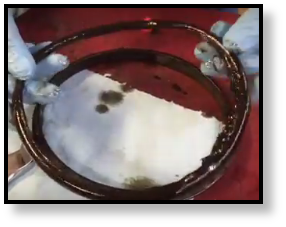
Gear oil is going to be thicker and usually drips on the inside of the track itself. If your track drive is leaking oil near the sprocket mounts, that usually means that the mechanical face seal (also known as the floating face seal or duo-cone seal) has failed.
In either case, the leaking seals need to be replaced as soon as possible.
5. Replace the case drain filters regularly
Some machines (especially Bobcats) have a case drain filter. It is an inline filter located between the final drive and the hydraulic fluid reservoir. These are small filters that look almost insignificant until you see the damage they can do when they are clogged.
When the case drain filter gets clogged, pressure starts to build up because the fluid has no place to go. As the pressure builds, it looks for the path of least resistance to escape. This usually starts with blown seals but can also lead to the internal parts in the hydraulic hub being blown apart. In fact, the pressure can get so great that the cover of your drive motor can crack or blow off.
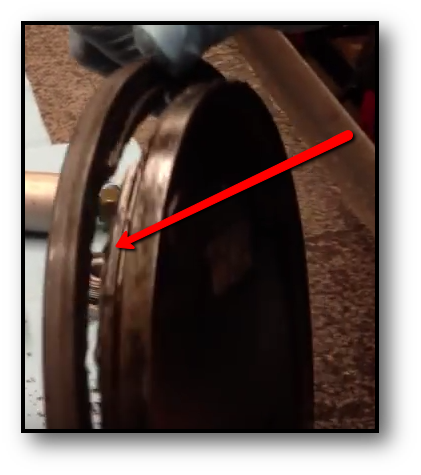
To keep this from happening, replace the case drain filters whenever you replace your other hydraulic filters.
6. Follow up on unusual behavior
If your final drive behaving differently -- new noises, unusual vibrations, overheating, loss of power -- then you need to follow up on it. And if you're operating the equipment, you know what it should sound and feel like.
These can be symptoms of more serious problems, from a bearing that's about to go out to a piston show that's blown off. The longer unusual behavior is ignored, the more expensive it will be to have the damage repaired.
In short, don't ignore unusual behavior.
Conclusion
We hate to see a track motor or wheel motor come into our shop that has been neglected. And that's why we want to make sure all our customers know how to keep their drive motors running! Following these six steps will help you stay ahead of some of the most common causes of failure. And if you're in the market for a new or reman final drive, check out our extensive inventory!

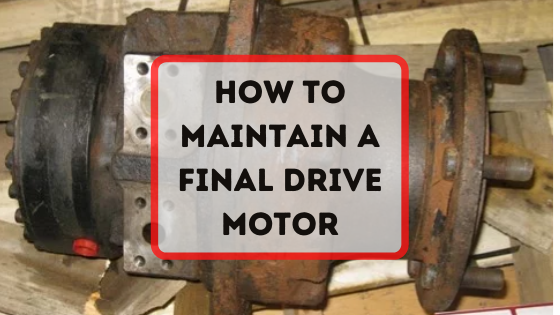
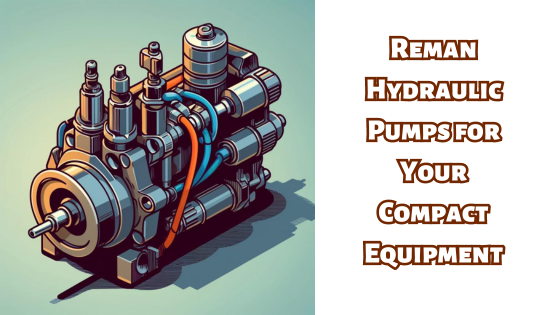
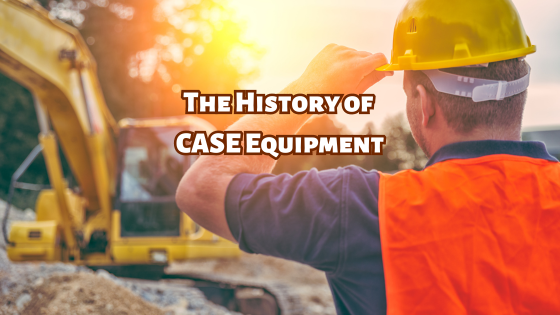

![Final Drive Cores and the Remanufacturing Revolution [VIDEO]](https://cdn11.bigcommerce.com/s-lbnln0ppxx/images/stencil/original/uploaded_images/final-drive-cores-and-the-remanufacturing-revolution.png?t=1705357426)
